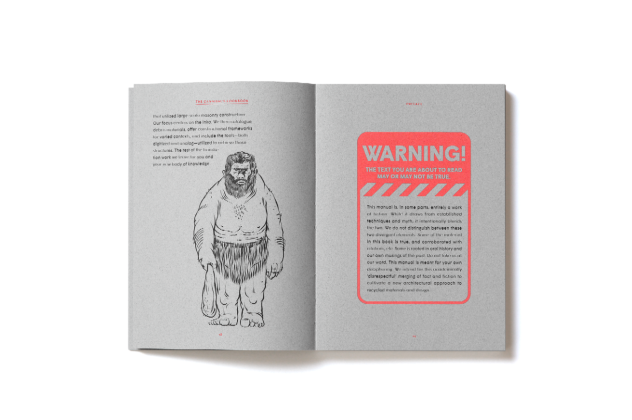
Below are links to some new, old, and upcoming publications that address some of the topics we’ve discussed throughout the semester. Only a few of these books are on the syllabus reading list. Keep reading…
1. The Ethics of Invention by Sheila Jasanoff, 2016.
3. Signal. Image. Architecture by John May, upcoming 2019.
4. The Social Construction of Technological Systems by Bijker, Hughes and Pinch, 1987.
6. In the Swarm: Digital Prospects by
7. Whiplash: How to Survive Our Faster Future by Ito and Howe, 2016.
8. Being Digital by Nicholas Negroponte, 1996.
8.5 The Architecture Machine: Toward a More Human Environment by Nicholas Negroponte, 1973. This book is out of print. If you find an affordable copy, buy it.
10. Sapiens: A Brief History of Humankind by Yuval Noah Harari, 2018.
12. Broad Band: The Untold Story of the Women Who Made the Internet by Claire Evans, 2018.







